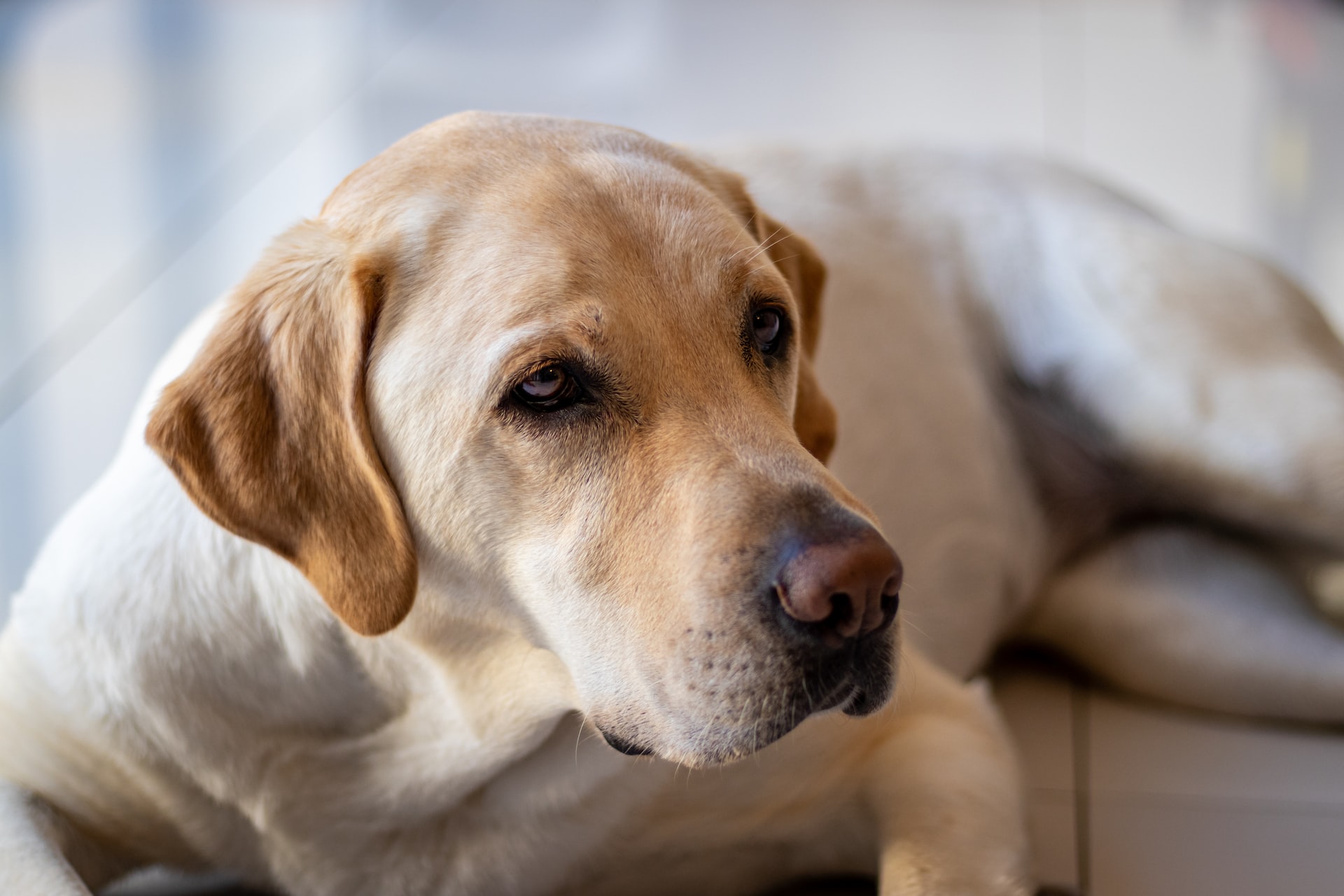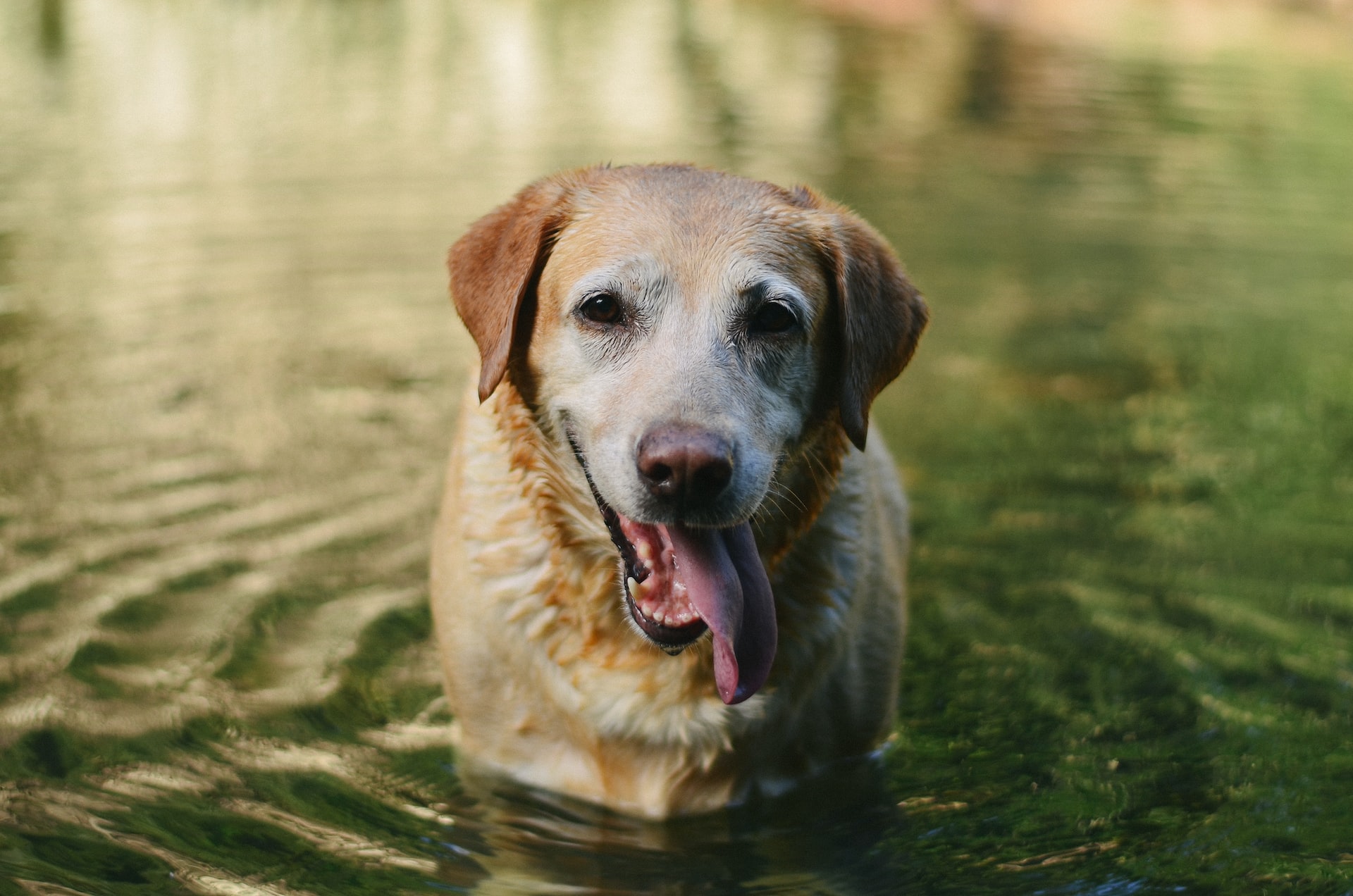
It’s difficult to not think of Labradors when you think about Labradors. Despite the fact that this popular breed is available in three colors, it’s easy to picture a Yellow Lab.
Did you know that Yellow was once the rarest color? The most common breed was the Black Labrador Retriever! How did Yellow Labs become so common in our modern world?
Continue reading to find out everything you need to know about Yellow Labrador.
Where did the Yellow Labradors come from?
Initially called Lesser Newfoundland Dog, came from St. John’s water dogs. They were brought to England.
Yellow Labrador Retrievers were not popular in the beginning and were bred at birth along with Chocolate Labrador Retrievers.
Black Labs were the most preferred gundog between the late 1800s to the early 1900s. They are still so today.
The first Yellow Lab notable was Ben of Hyde. In 1913, a Yellow Lab participated in the first show ring.
The Yellow Labrador Club was established in 1924 and helped increase the popularity of the breed. They were highly sought-after after a 1972 commercial featuring a Yellow Lab.
According to the American Kennel Club, the Labrador is today’s top dog breed in America.
They are popular family pets and can be found in the show rings, as search-and-rescue dogs or service dogs.
Are Yellow Labs limited to yellow puppies?
It’s amazing that any litter can have Black, Chocolate, and Yellow Labs. However, if both parents are Yellow the litter will be Yellow.
You can get a Yellow dog (or more) in Black and Chocolate pairings.
What does a Yellow Labrador Retriever look like?

According to AKC, Labs should have broad skulls and gentle brown eyes. Their build should be strong and athletic. Their “otter tail” is a long, flat, and wavy tail.
Although the Lab’s coat is short, they have dense undercoats and a waterproof topcoat.
Many purebred dogs do not conform to the breed standard. A recognized kennel club can help you determine if your dog is purebred.
American Yellow Labs VS. English Yellow Labs
You might run across English Labs and American Labs while researching Labs. These are the names of show dogs or field dogs.
American Labs are often not in conformity with the breed standard. They are usually taller than English Labs and have a slimmer build.
The English Lab is a show ring dog and will represent the best of Labrador aesthetics. Blockheads, thick ruffs and large paws. Their working counterparts are usually more muscular than their pets.
Learn more about the differences in the American and English Labs.
What size are Yellow Labs?
Your Yellow Labrador puppy will become a large-sized dog.
Male Labs should measure between 22.5 and 24.5 inches (57 to 62 cm) in height, and 65 to 80 lbs (27 to 36 kg). Females typically measure 21.5 to 23.5 inches (54 to 60 cm) in height and weigh 55 to 70 pounds (25 to 32 kg).
We have a Lab Size Chart that you can consult for more information.
Are Yellow, Re,d and White Labs the Same?
The shade of a Yellow Lab can vary from dark red to very light cream or white. Fox Red Labs and White Labs can all be considered Yellow Labs.
Yellow Labs may have white markings, but they can still be registered as purebred. It will also eliminate them from the show rings. They will not be able to be family pets or working dogs.
Why are Yellow Labs so friendly?

Marley, from the movie Marley & Me, is one of the most well-known Yellow Labs.
The film features a destructive and overactive Lab who eventually steals the heart of his family. Because most Labs are easy to train and obedient, he is an exception to the breed norm.
They are loyal and intelligent dogs that have a close relationship with their handlers. Many fishermen and hunters rely on their dogs for their hunting and teamwork.
The breed has been bred to be friendly and reliable. These dogs love to give and take what they get. A well-loved doggo is the best friend anyone could ask for.
A Lab that is neglected can become aggressive and fearful.
How to Care for Your Yellow Labrador
Labs are social animals and love being around people. Labs are energetic and need lots of stimulation.
Yellow Labs don’t make good couch potatoes
Labradors need to be exercised every day because they are very active dogs. To ensure your Labrador is mentally and physically stimulated, you will need to spend at most an hour with him.
They love feeling useful and will happily fetch your paper. You can give them a job or enroll them in obedience or agility classes.
Your Labrador will love to go outdoors with you if you’re an active person. You can do it all, whether you are running, hiking, or hunting. These dogs can also swim and will jump in the pool with their owners.
Grooming your Lab can be a breeze.
Although Labradors can be low-maintenance, they are known to shed. Some Labrador owners find that their dogs shed in the spring and they use a Furminator or other de-shedding device to keep them under control.
You can wash your pet with water, or scrub any mud off their skin.
Because their fur is waterproof and weather-resistant, you only have to wash them if they are smelling bad. Shampoos can strip their natural protection from harsh chemicals.
Regularly check their ears and nails. If you are afraid of harming their ears, you can trim their nails using a canine nail cutter or a nail file.
Are there any special diets for Yellow Labs?
Labradors need to be given high-quality kibbles that are specifically designed for large and active breeds.
The right diet can prevent hip dysplasia, and help keep your fido on track with their daily calories.
A Labrador Retriever’s weight, age and metabolism means that it needs 2 to 4-cups of dog food each day.
Yellow Labrador Health Issues

Certain health problems can affect any breed of dog. You can prevent or monitor for hereditary issues in your dog’s health by understanding their history.
Labradors could be at risk for obesity, eye, and ear problems, along with hip and elbow dysplasia. This disease affects large breed dogs.
These problems can be prevented by regular screenings and taking proper care.
Labradors can also be susceptible to Hypothyroidism or Cancer.
Although hormone therapy can be used to treat hypothyroidism, they must be managed for the rest of their lives. This is a life-threatening condition that can’t be reversed.
on the other side, has a high rate of recovery, especially if detected early. Regular screening is important to ensure your dog stays healthy and free from cancer.
The average lifespan of Labradors is 10-12 years, although some dogs may live beyond that. Learn more about Labrador’s life expectancy.
Do Yellow Lab puppies get darker?
As they age, some puppies become darker. Some dogs develop a mottled skin pattern. Some dogs develop a pink nose, which could be either a Dudley nose or a snow nose.
The only difference is that the former darkens in the summer.
Puppy tend to get darker as their guard hairs develop. It’s possible that your Lab becomes darker in winter. This is often due to the growth of the undercoat.
A Black Lab was once whitened by vitiligo. These cases are very rare. The shade should not change much for your Yellow Lab. There is nothing more drastic than changing from Yellow to Chocolate Lab.
What is the cost of yellow lab puppies?

There are many clubs and organizations that will take a Labrador Retriever, a popular breed. Each Labrador Retriever puppy comes in a range from $300 up to $1,000 depending on its breeder.
Yellow Labrador breeders
Be careful when purchasing a Yellow Lab, or any other pet.
Reputable breeders that care for their breeding stock have the best interests of the dog and the litter.
They conduct health screenings for parents to ensure everyone is healthy. This can be very expensive.
Although it is rare to find a seller who specializes in one color, there are some websites that offer Yellow Lab puppies for purchase from breeders and kennels.
- Duckhill Kennels (Somerville, TN)
- Wildrose Kennels (Oxford, MS)
- Bayside Labs (Three Forks, MT)
Where can I rescue a Yellow Labrador from its death?
You always have the option to rescue a dog from a local shelter. Older dogs can be great for people who don’t want to go through the horrible twos of puppyhood. Labradors settle down often when they’re three years old or older.
These rescues are available for those who have their heart set on a Yellow Lab.
- Lab Rescue LRCP (Annandale, VA)
- Labrador Retriever Rescue of Florida (Pompano Beach, FL)
- Golden Gate Labrador Retriever Rescue (San Francisco Bay Area, CA)
Yellow Lab VS. Golden Retriever
The main difference is that Labs have a shorter coat and don’t require much maintenance. To keep the Golden Retriever’s coat shiny and matt-free, it will need to be brushed every week.
The Golden temperament is milder than the Labs, who can be very boisterous and hardheaded.
Goldens may resent a slighting, but a Labrador will just brush it off.
If you are having trouble deciding, check out our Golden Retriever Vs Lab comparison chart or adopt a Golden Labrador.
Who should get a yellow Lab dog?

Labs can be a great family member for large homes and active families, regardless of their coat color.
Labs can be a well-rounded breed that is highly adaptable but they aren’t the most reliable guard dogs. However, they do have a fearsome bark!
A Labrador is the perfect dog for you if you are looking for a loving pet that will alert strangers to your presence.